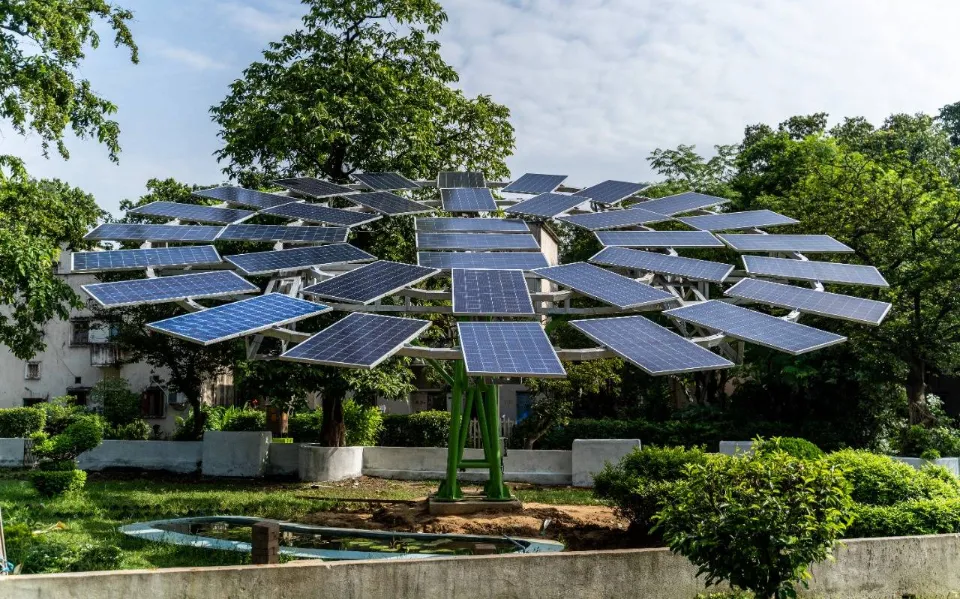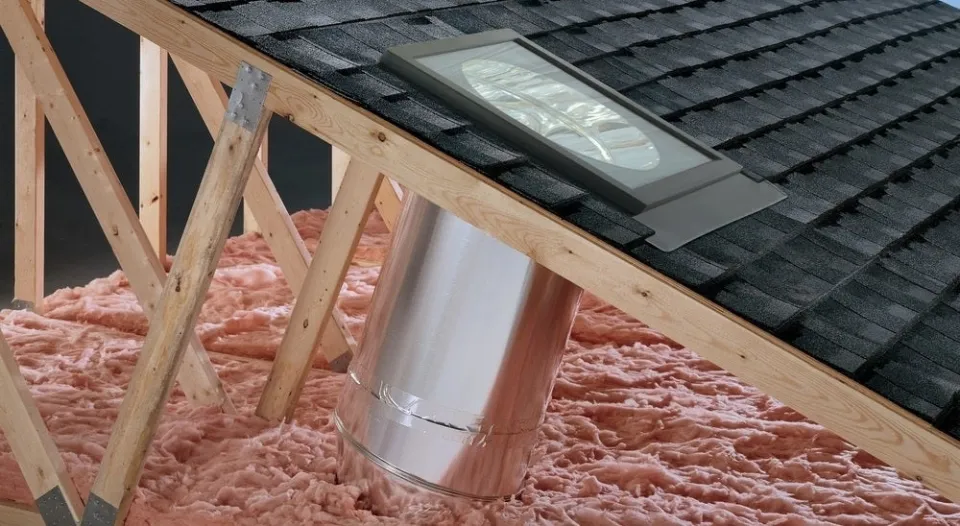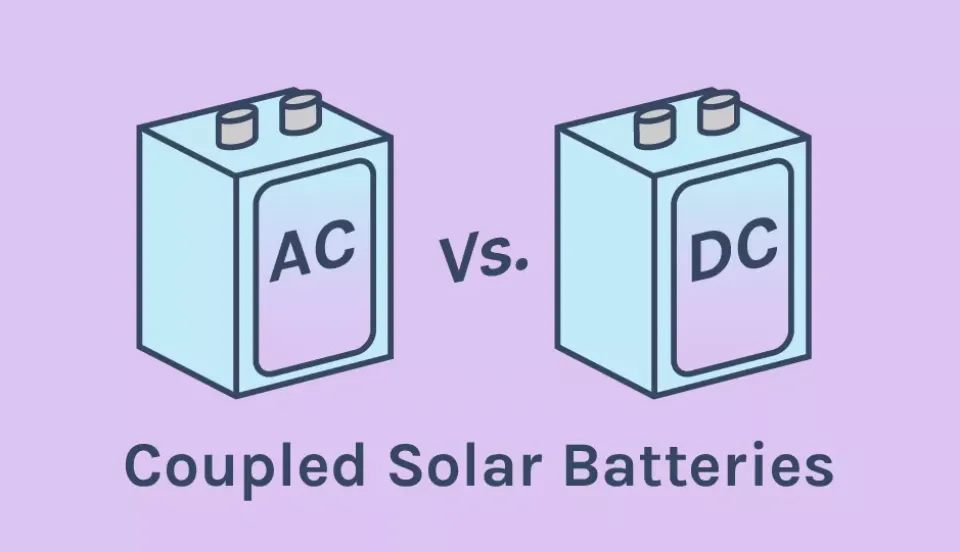What if your solar panels could do more than just soak up the sun? Say hello to the solar tree. If this new product interests you. this post is right for you.
An artificial tree-like structure called a solar tree uses photovoltaic (PV) panels to harness solar energy. It applies biomimicry principles by mimicking a natural system, in this case a tree, to address a pressing global issue: switching to renewable energy sources from fossil fuels like coal, oil, and gas.
We will go over every detail of the solar tree if you keep reading.
Table of Contents
What Are Solar Trees?
A solar tree is a device resembling a tree in shape, but with photovoltaic (PV) panels in place of the crown. The “leaves” of the tree capture solar energy and convert it to electricity, with branches funneling that electricity down through a trunk and into a central battery within. In essence, they provide the same benefits as solar panels, but they use only a fraction of the surface area necessary for an array of solar panels.
Solar trees are not a new invention, but they’re enjoying a rising popularity. Most of our readers are probably familiar with the most famous solar trees in Singapore’s breathtaking Gardens By the Bay because they have appeared in movies like Crazy Rich Asians and The Bachelor.
As they exist today, more solar trees raise public awareness around sustainability than are used to generate residential or commercial power. What’s more, the trees are still perceived as “futuristic,” but it might be time we start shifting our mindset about these inventions by incorporating them into our vision of what sustainability looks like in practice.
Read More: Solar Canopy
How Does a Solar Tree Work?
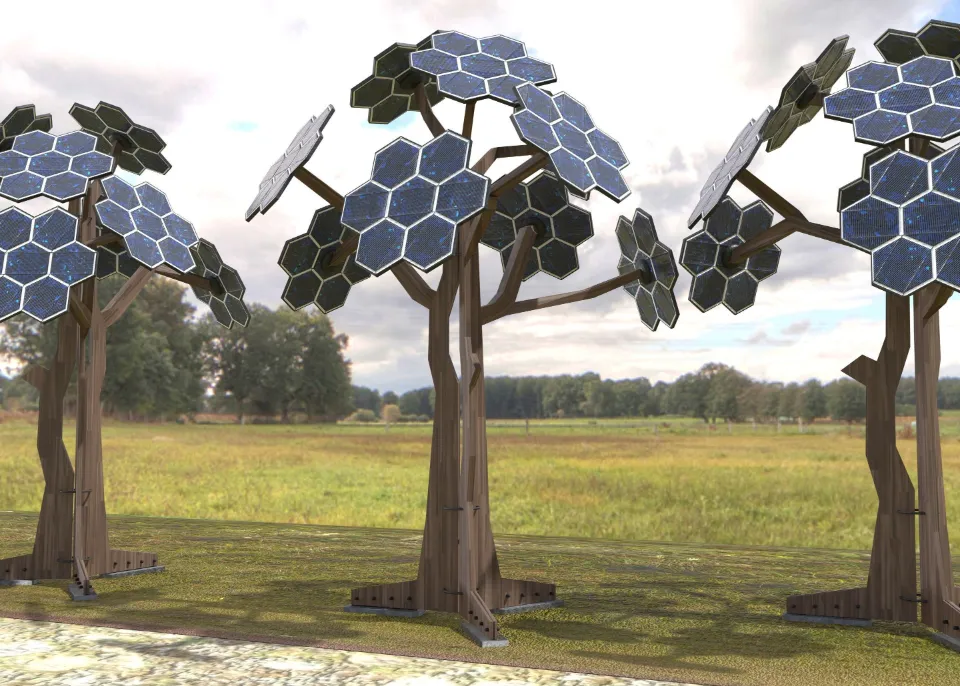
The solar tree‘s photovoltaic “leaves” absorb sunlight, converting it into electricity that is conducted down through the trunk-like central pillar of the structure to an internal battery. To maximize the amount of sunlight being absorbed, many designs include rotating panels that can move as the day progresses.
Some designs of solar trees are surprisingly potent, though most don’t produce energy on par with a rooftop solar array.
Benefits of Solar Trees
At first glance, solar trees might seem impractical — more art than function when compared to the best solar panels. But solar trees offer a few surprising benefits over their ground-mounted counterparts, including:
- Solar trees preserve land: Solar trees require significantly less land than solar farms because they are vertically integrated. The same reasoning would hold true if a high-rise building could accommodate more occupants than a single-story home. Additionally, because of their higher heights, the panels might get more sunlight than a ground- or roof-mounted setup would.
- They can provide habitat for rare flora and fauna: Solar trees like those in The Gardens By the Bay in Singapore is big enough to support tropical plants, vines, and flowers on its trunk and branches. By providing homes for plants and animals, these precious habitats preserve biodiversity in urban areas.
- Solar trees require little maintenance: Solar trees are independent electrical systems that require little to no maintenance other than occasional cleaning of debris from the solar panels.
- The trees cool heat islands: By creating shade in urban environments, solar trees reduce the amount of thermal energy that is reflected off of urban surfaces like asphalt, concrete and brick. This can combat the most deadly effects of climate change within cities.
- They increase awareness of clean energy: The striking structures are immediate attention-getters, conveying a message of creativity, resourcefulness, humility and the need to incorporate sustainability into everyday life.
How Much Power Can a Solar Tree Generate?
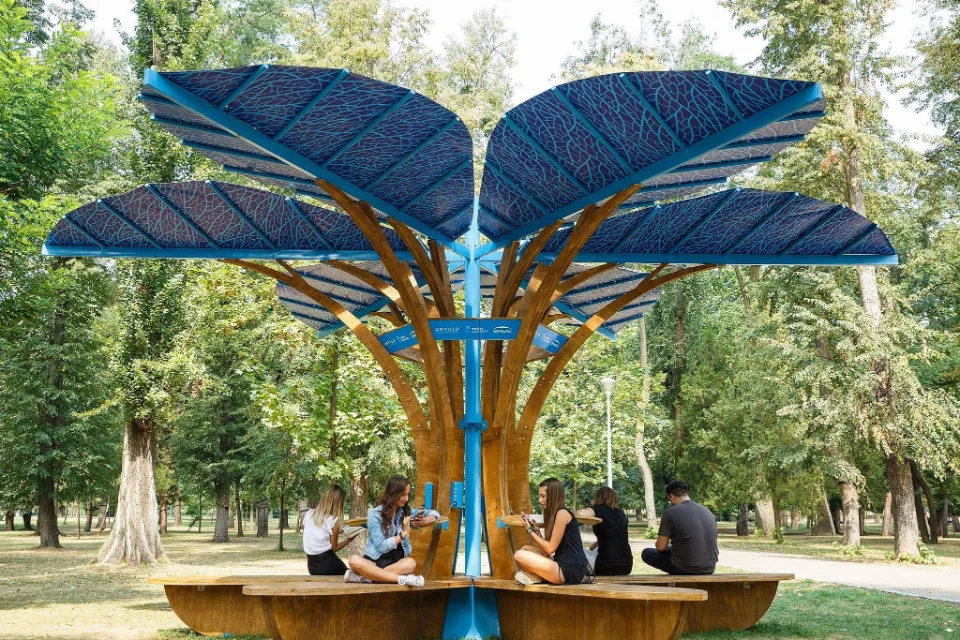
The power generation of a solar tree is significant. One solar tree can produce between 1.8 and 16.4 kW, but their primary use is as an energy offset for commercial buildings or as standalone power sources for specific tasks like street lighting or electric vehicle charging stations.
For reference, a typical system for a 2,000 square foot home might require a 4 kW system, depending on the local climate and other factors.
Environmental Impacts
Solar trees are utilitarian stand-alone energy generating units that help power homes, businesses, and public services like lighting and electronic device charging. Solar trees’ capacity for producing electricity is, however, comparatively small, and their main goal is to increase public awareness of renewable energy sources by encouraging new kinds of attention to and engagement with solar energy.
Solar trees need less space to be installed than other types of ground-mounted solar panel systems. They enable solar energy production in areas with limited land resources, which cannot support large solar canopy arrays, as well as locations with insufficient rooftop space for panels.
In addition, solar trees create shade to help counteract the urban heat island effect and provide shelter in inclement weather such as rainstorms and heatwaves, creating greater urban resilience in the face of climate change. Additionally, they improve public areas and amenities by offering charging stations, operating streetlights, and supplying clean electricity to buildings used for residential or commercial purposes.
Solar trees currently have a limited impact on the transition to low-carbon energy because they aren’t made to be large-scale solar projects. However, they draw attention with their striking and diverse designs. This makes solar trees effective at showcasing and thereby educating people about solar energy, or promoting a business or organization’s commitment to renewable energy.
Solar Trees Vs. Solar Panels
We mentioned that solar trees serve essentially the same purpose as solar panels but require a much smaller footprint to do so. But are there any other significant differences outside the trees’ widespread adoption? Let’s dig in.
Efficiency
The amount of energy produced in relation to the amount of sunlight that hits the solar panels is known as the efficiency of the panels. Therefore, we would need to be aware of the specifications of the solar cells used within the tree in order to compare the efficiency of a standard solar array and solar trees.
However, when it comes to space efficiency, trees take the crown. This solar tree in West Bengal, India produces enough energy to power five homes in the U.S. Six to seven homes could be powered by Lynn Haven, Florida’s solar trees. Instead of using an entire roof to produce this electricity, the trees do so using only a few square feet of ground space.
Cost
As solar trees are still uncommon in the United States., the average installation cost is high. According to the leading solar tree company Spotlight Solar, the total cost ranges from $40,000 to $80,000. You could purchase a 15-kW to 30-kW solar panel system based on current market average solar costs (to put that into perspective, the typical home requires a system between 5 kW and 10 kW).
Of course, the final cost will depend on the size and complexity of the solar tree. Demand will limit the availability of solar trees until they become widely used commercially.
Related Post: How Much Are Solar Panels in Texas?
Storage and Distribution
Solar trees are used to produce electricity that will be used onsite. It would take larger solar batteries and intricate transmission systems to store and distribute the energy produced by the trees in the same way that solar farms and power plants do.
Utility
Solar panels are typically mounted on the ground or on roofs, but solar trees provide a different kind of utility. In addition to energy, they provide shade and whimsy while taking up minimal surface area. These trees could be used for a variety of things, including providing shade for city sidewalks, parking lots, playgrounds, and backyards. This brings us to…
Read More: What Can 400w Solar Panel Power Run?
What Do Solar Trees Cost?
Solar trees can be used for more than just powering a home, but they are also very expensive. They are attractive in an industrial-chic sort of way.
As of the writing of this article, a 1.8 kW solar tree can run about $40,000. Larger 5.4 kW systems may cost as much as $80,000. And 16.5 kW systems can have price tags well over $100,000. By contrast, a 4kW traditional system for a home may run about $11,000.
Final Words: The Future of Solar Trees
Present solar tree designs often serve as a supplemental rather than as a primary energy source—their energy generation is limited compared to other forms of solar, and they are significantly more costly per unit of energy produced.
Future design advancements may lower costs, boost energy production, and increase the market value of solar tree products beyond green marketing and educational demonstration projects. This will result in solar tree products making up a larger portion of the total solar capacity.
Future solar trees could provide electricity in isolated rural areas or other off-grid areas, running cookstoves, lights, and other appliances in place of unclean energy sources like charcoal fires and gas generators that emit pollution. Likewise, some forward-looking cities are already combining solar trees with other forms of solar energy to meet their facility energy needs.
You Might Also Like:
Frequently Asked Questions
Who Invented Solar Tree?
India’s first Solar Power Tree has been designed by Central Mechanical Engineering Research Institute (CMERI) in Bengali city of Durgapur. India.
What Does a Solar Tree Do?
Photovoltaic (PV) panels are used in a solar tree to produce solar energy. The tree’s “leaves” capture sunlight that is converted into electricity.
Are Solar Trees Efficient?
The majority of solar trees do not produce as much energy as rooftop solar systems, but they are still an important source of electricity for both private and public buildings as well as for public services. Their effectiveness is anticipated to rise as designs and technologies advance.
What Are the Disadvantages of Solar Tree?
It is expensive to install. As a result of solar reflections, it may affect eyesight.

